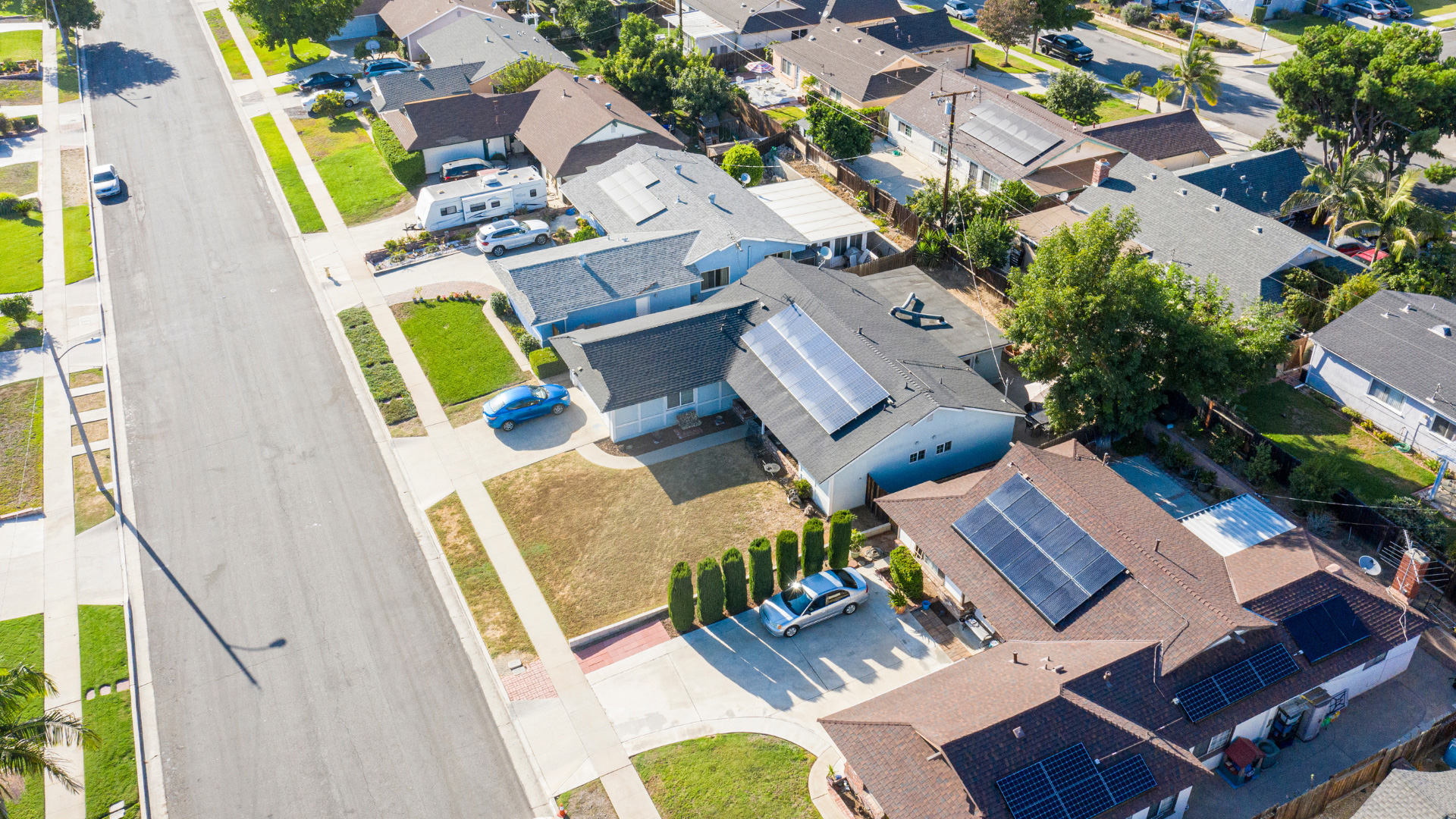Federal Solar Tax Credit
The Federal Investment Tax Credit (ITC) is an initiative that allows eligible individuals to claim a federal tax credit for a percentage of the cost of a Photovoltaic (PV) system. The rate varies depending on the year of PV purchase. For instance, homeowners who purchased a PV system this year or plan to do so in 2022 can claim 26% of their installation costs from their federal tax, while in 2023, solar purchases will only enjoy a 22% tax credit. To paint a vivid picture of how this solar tax credit works, installing a $30,000 PV system would see you pay $7,800 ($30,000 x 26%) less in federal taxes, while if the tax credit exceeds the amount you owe in federal taxes, you can push the unused credit to the following year. For instance, a tax liability of $2,500 and a tax credit of $7,800 would result in $5,300 ($7,800-$2,500) worth of unused credit which you can apply in the following year’s federal taxes. However, the rollover is allowed only once. This investment tax credit will expire at the beginning of 2024 should congress decide not to renew it.Property-Assessed Clean Energy (PACE)
High initial costs are majorly responsible for the slow adoption of energy efficiency and renewable energy systems in homes and businesses, especially when building owners are not willing to take up traditional debt for this sake. Homeowners reside in a single property for an average of 6 to 9 years, making solar installations an expensive investment since the upfront financial outlay on such an undertaking will not be recouped until the house is sold. California thus established the PACE financing program to take care of such challenges by funding upfront costs of homeowners who put up solar energy and energy-efficient projects. The homeowners then pay the local or state governments through an increased property tax bill payable over 20 years. The PACE program is not exclusive to California but is also available in other states. Net Energy Metering (NEM) California’s Net Metering Program is an initiative that offers credit on utility bills to customers who give their excess solar energy to the electric grid. These credits are then applied when customers consume more power than what is generated by their solar panels, thus reducing the amount they are supposed to pay. The current NEM arrangement allows unused credit to be rolled over to the next month, saving customers money throughout the year. However, the NEM incentive is under threat from proposed changes that will reduce the financial benefits of going solar.Property Tax Exclusion for Solar Energy Systems
When you make new constructions, major refurbishments, or additions of considerable value to your house, the municipal assessor in your tax district calculates the current market value of the latest inclusions and adds them to the base value of the real property. The rise in your property value then results in increased property tax.Solar Systems Unassessed
However, property tax increases do not occur with installing solar energy systems, thanks to the property exclusion for solar energy systems in California. This policy ensures that active solar energy systems are not assessed, meaning you will not pay more property taxes for installing what qualifies as a dynamic solar energy system. Initially set to expire in 2016, this incentive was extended until January 1, 2025.Ready for an Install?
Solar optimum is a premier award-winning energy provider prepared to meet your solar, battery storage, and roofing needs anywhere around California. Our products are reliable, and our warranties are unmatched. Contact us today for more information on our products or to get a quote.







